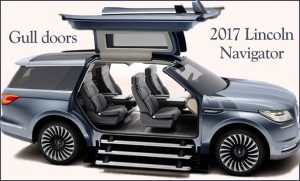Life hands every single person a sense of loneliness at some point, but other people can do a lot to help out.
In the United States, a 2014 survey by the National Science Foundation revealed that 1 in 4 of 1,500 people interviewed have no one with whom to talk about personal troubles or triumphs or to share confidences.
People become lonely or blue for many reasons. Some are introverts and find social engagement difficult or feel they don’t fit in. Some are depressed after the death of a loved one, a divorce, loss of a parent or job or when children leave the nest. Some suffer from a disease or physical limitation that doesn’t allow leaving home; others may be abused by a spouse and fear outside relationships.
Remember when people are lonely, they often long to share the things they love: That perfect rose bush, a fabulous soup, or a favorite book. So helping to relieve someone’s loneliness is often just being willing to share in their experiences.
What can we do to add cheer to the world or even just a stranger who needs a lift?
* Tell people when you value their work.
* Ask someone new to lunch.
* Visit a recently widowed neighbor.
* Take your talent on the road by dancing or singing at a senior facility, for example.
* Smile at store clerks, your restaurant waiter, and a seemingly unfriendly neighbor.
* Pocket your phone and never use it in public except for emergencies.
* Call someone, or visit. Go to dinner. Take time to admire the important things.
* Spend time talking and laughing or playing a board or card game.
* Ask what they need (a ride to the dentist or church, a grocery trip, or repair of a dripping faucet).
* Make this one day of cheering up one person an important part of your life. If you want something, give it sincerely to someone else.








































